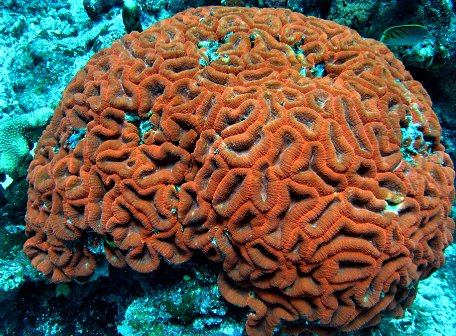
Here.
---------------------------------------------
Awake fMRI Reveals Brain Regions for Novel Word Detection in Dogs
Ashley Prichard, Peter F. Cook, Mark Spivak, Raveena Chhibber, Gregory Berns
doi: https://doi.org/10.1101/178186
Abstract
How do dogs understand human words? At a basic level, understanding would require the discrimination of words from non-words. To determine the mechanisms of such a discrimination, we trained 12 dogs to retrieve two objects based on object names, then probed the neural basis for these auditory discriminations using awake-fMRI. We compared the neural response to these trained words relative to oddball pseudowords the dogs had not heard before. Consistent with novelty detection, we found greater activation for pseudowords relative to trained words bilaterally in the parietotemporal cortex. To probe the neural basis for representations of trained words, searchlight multivoxel pattern analysis (MVPA) revealed that a subset of dogs had clusters of informative voxels that discriminated between the two trained words. These clusters included the left temporal cortex and amygdala, left caudate nucleus, and thalamus. These results demonstrate that dogs' processing of human words utilizes basic processes like novelty detection, and for some dogs, may also include auditory and hedonic representations.





